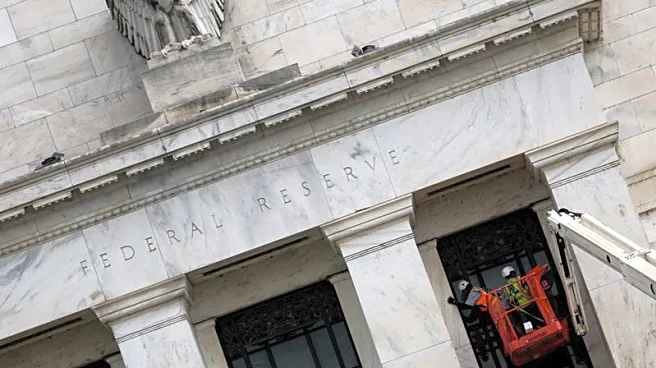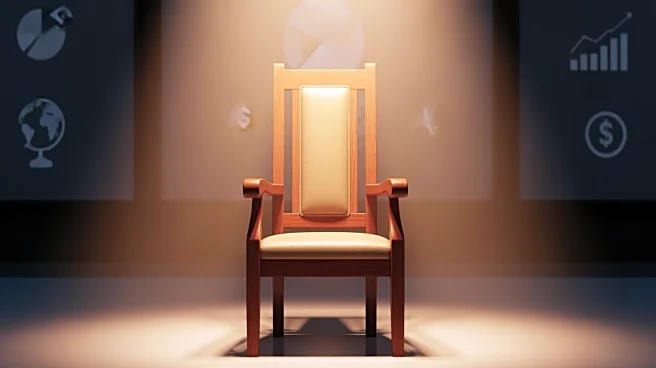What's Happening?
The annual core consumer price inflation rate in the United States decreased to 3% in September 2025, down from 3.1% in the previous months. This decline was slightly below analysts' expectations of 3.1%. The shelter index, a significant component, rose
by 3.6% over the past year, maintaining the same pace as the previous month. Other indexes, such as used cars and trucks, and medical care, showed smaller increases compared to August. On a monthly basis, core consumer prices rose by 0.2% from the previous month, slowing from the 0.3% increase observed in August and July.
Why It's Important?
The core inflation rate is a critical measure for understanding the underlying inflation trends in the U.S. economy, excluding volatile items like food and energy. A decline in core inflation suggests easing inflationary pressures, which can influence the Federal Reserve's decisions on interest rates and monetary policy. Lower inflation rates can lead to increased consumer confidence and spending, potentially boosting economic growth. However, persistent inflation in key areas like shelter indicates ongoing challenges in achieving price stability.
What's Next?
The Federal Reserve will likely continue to monitor core inflation closely as it considers adjustments to monetary policy. If core inflation remains stable or declines further, it may lead to a more accommodative monetary stance, potentially lowering interest rates to stimulate economic activity. Conversely, if inflationary pressures persist, the Fed may opt for tighter monetary policies to curb inflation.
Beyond the Headlines
The focus on core inflation highlights the complexities of measuring economic health. While the exclusion of food and energy provides a clearer picture of long-term trends, these components are vital for consumers, and their price volatility can significantly impact household budgets. This underscores the need for comprehensive economic strategies that address both core and headline inflation.














